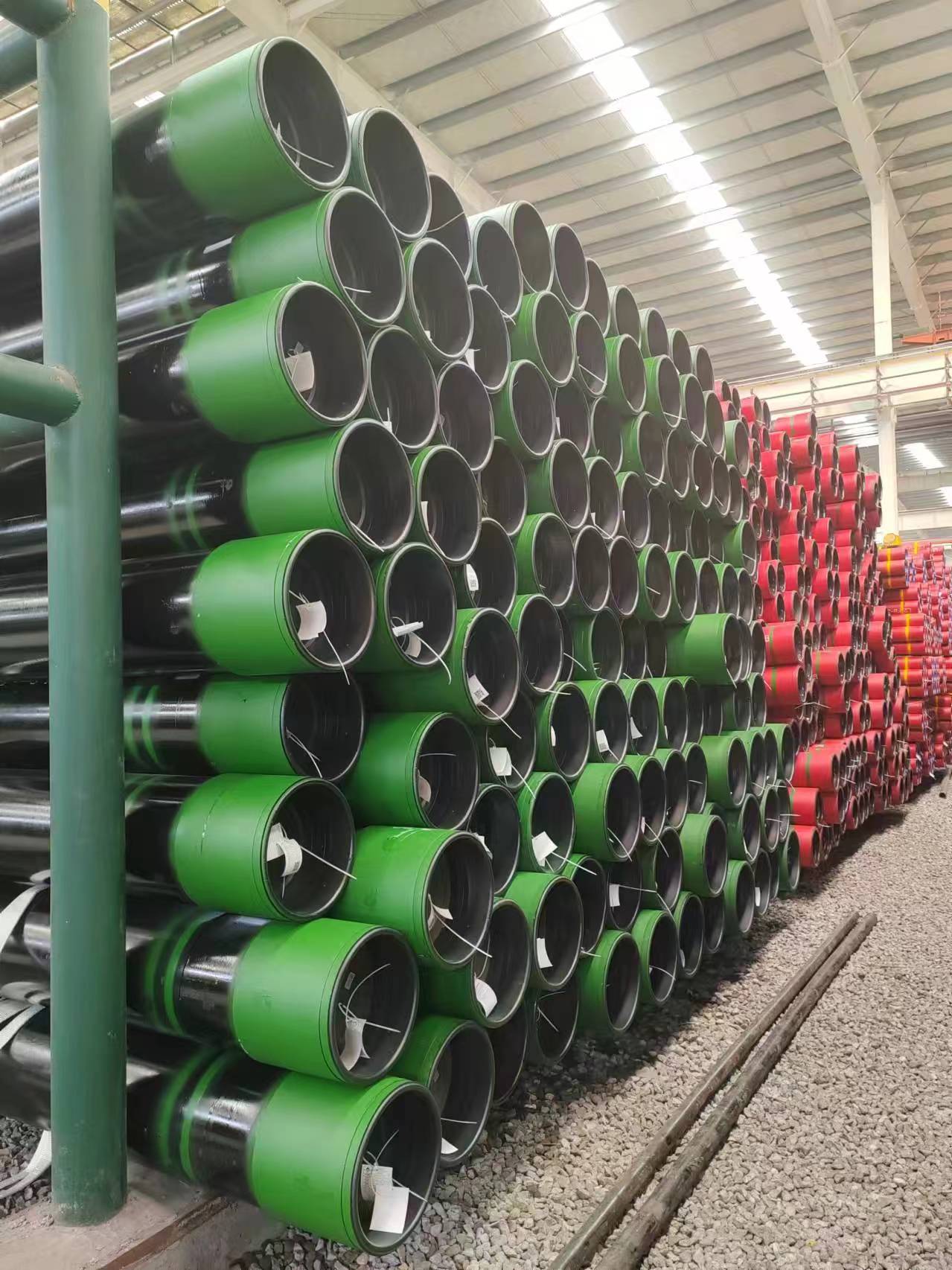— News

In today's global energy landscape, oil pipes, as the core carrier of energy transportation, are playing an increasingly important role. From the source of oil and gas extraction to the terminal of energy transportation to thousands of households and industrial production, oil pipes are like invisible "lifelines" that support the operation of modern society.
In the oil and gas extraction process, the casing and oil pipes in the oil pipe can be called "behind-the-scenes heroes". Casing is used to support the well wall of oil and gas wells, ensure the safe advancement of the drilling process and the stable operation of the oil well after completion. Different geological conditions have huge differences in the requirements for casing. In shallow oil fields, it is necessary to resist relatively simple formation pressure; in deep-sea ultra-deep wells, the casing must not only withstand huge water pressure, but also cope with complex and changeable geological stress. To meet these stringent requirements, oil casing is carefully divided into conduit, surface casing, technical casing and oil layer casing according to its usage. The surface oil casing protects the drilling from shallow water and shallow gas layer pollution, and supports the wellhead equipment; the technical casing separates the pressure of different layers, ensures the normal circulation of drilling fluid and protects the production casing; the oil layer casing is responsible for exporting oil and natural gas from the underground storage layer. The role of the oil pipeline is equally critical. It undertakes the important task of transporting oil and gas from the bottom of the oil well to the ground, and is indispensable in operations such as oil production, gas production, water injection and acid fracturing.
As global energy demand continues to rise, the scale of oil and gas resource transportation is also continuing to expand. The criss-crossing network of oil and gas pipelines, like the "energy artery" of the earth, transports the extracted oil and gas resources to all parts of the world. In my country, the crude oil pipeline has basically realized the connection between the northwest and southwest, the northeast and north China, and the supply from the coast to the inland after the offshore oil lands, forming a layout of "northwest to the east, northeast to the south, and coastal inland delivery". The China-Kazakhstan crude oil pipeline and the China-Russia crude oil pipeline not only connect domestic and foreign oil and gas production areas, but also promote the construction of my country's regional crude oil transportation pipeline network and the strategic layout of crude oil and oil processing bases. The refined oil pipeline is also not far behind, and gradually formed the trunk skeleton of "Northwest-Southwest, Northwest-Central China, Northeast-North China-Central China", and relying on the China-Myanmar crude oil pipeline, built two major refined oil pipeline networks in Yunnan and Guangxi and the refined oil internal delivery channel in coastal areas. The natural gas pipeline is developing rapidly, with the West-East Gas Transmission and the China-Russia East Line as the main pipelines, and interconnected through multiple connecting lines, realizing the efficient connection between the gas production area and the gas market, forming a pipeline network pattern of "West-East Gas Transmission, North-South Gas, and Sea-Landing Gas".
Oil pipes are also widely used in the chemical industry. It can be used as an important part of the chemical pipeline system to transport various chemical raw materials and products, such as highly corrosive acids, alkalis and various solvents. This places extremely high demands on the corrosion resistance and sealing of oil pipes. Relevant companies are constantly developing new materials and manufacturing processes to ensure the safe and stable operation of oil pipes in complex chemical environments.
From market data, the demand for oil pipes is closely linked to the development of the global energy industry. my country is still in a stage of rapid urbanization and industrialization, and it is expected that the demand for oil will grow by about 4% annually in the next few years. This growth trend will inevitably drive the increase in demand for oil drilling and production equipment, and then promote the prosperity of the oil pipe market. The demand for domestic oil casing is no longer limited to the eastern region. With the expansion of oil and gas field development to the west, offshore and deep sea, the drilling depth continues to increase, the working conditions are becoming increasingly complex, and the quality and performance requirements of oil pipes are also getting higher and higher. For example, in deep-sea oil and gas production, oil pipes are required to have higher strength, corrosion resistance and fatigue resistance to cope with extreme environments such as high pressure, low temperature and high salt.
In recent years, my country has made remarkable achievements in the field of oil pipe production. After nearly 20 years of unremitting efforts, my country's oil casing production has achieved a leap from scratch, from low price to high price, from low steel grade to API series products and then to special demand non-API products, and the product quality has approached the advanced level of foreign countries. At present, my country's domestic market share of oil well pipes has exceeded 80%, and it has been a net export product for many consecutive years, emerging in the international market.
As a key link in the energy industry, oil pipes have a wide range of applications and are important. With the continuous advancement of energy technology and the evolution of the global energy landscape, the oil pipe industry will also usher in new opportunities and challenges, and continue to contribute to global energy transportation.
Leave A Message
If you are interested in our products and want to know more details, please leave a message here, we will reply you as soon as we can.
